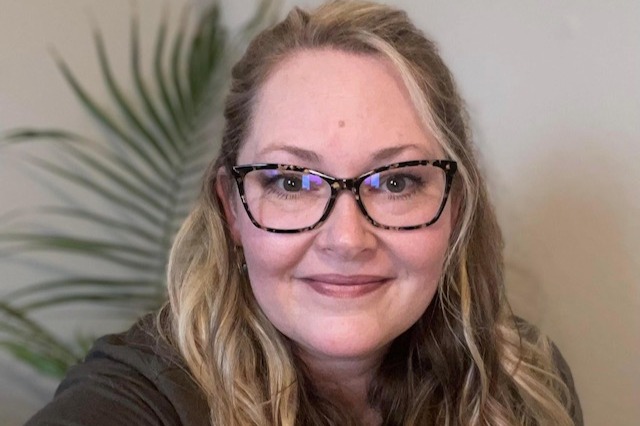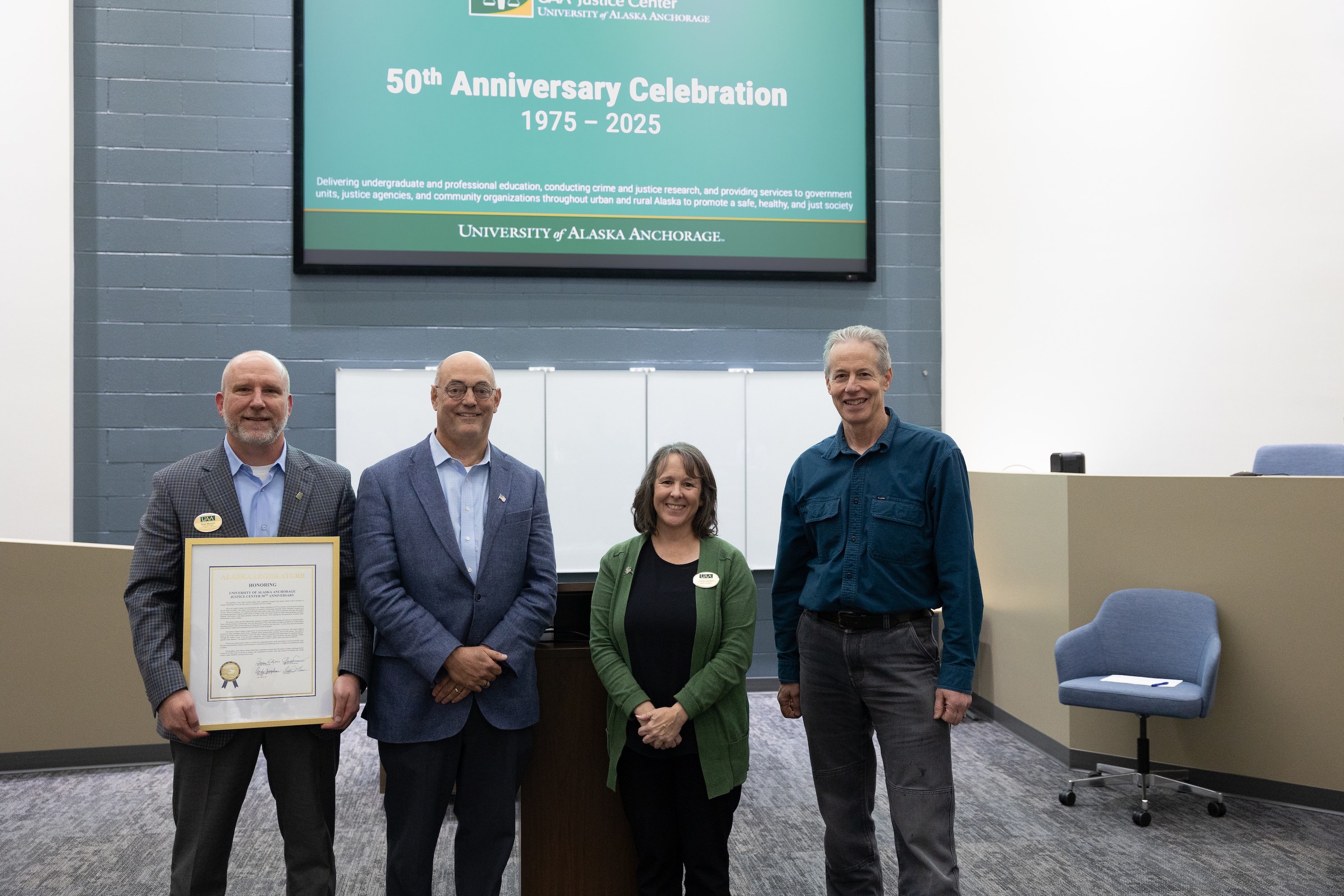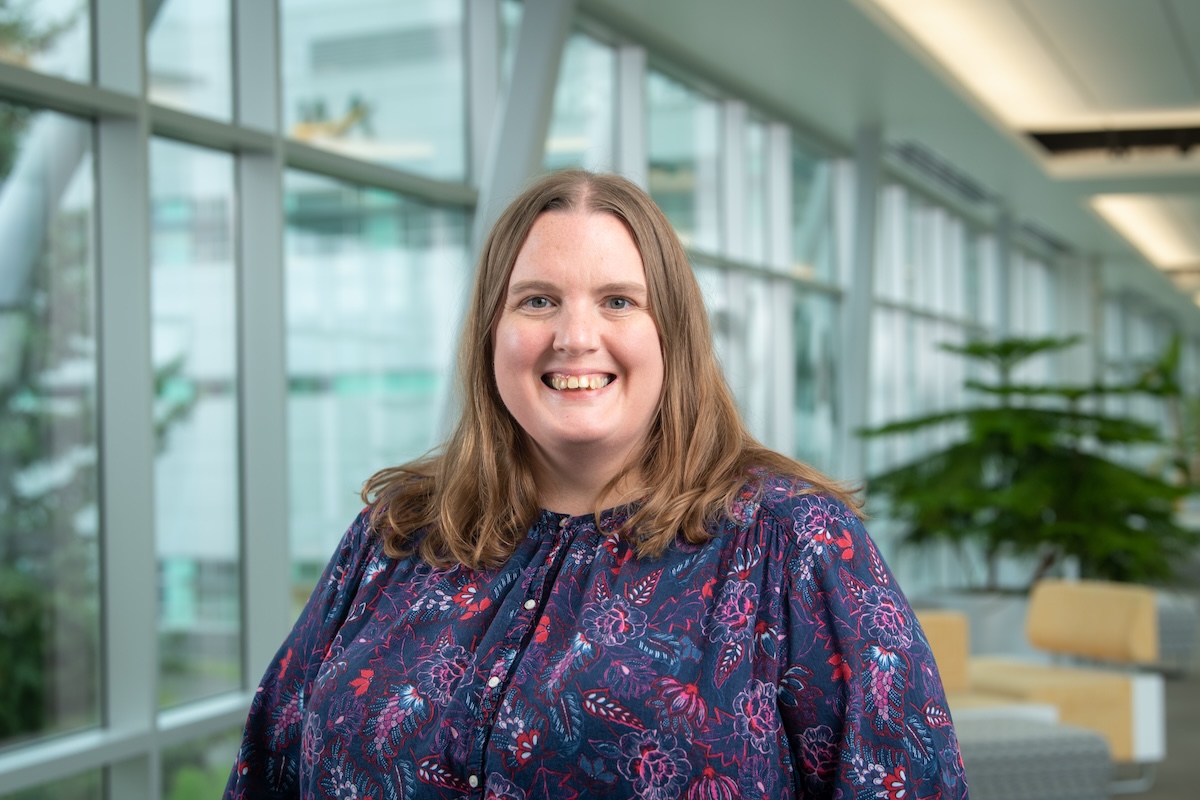Alumni Spotlight: Rus'sel Sampson - bridging policy and practice
A College of Health alumna and current employee of the Alaska Justice Information Center, Rus’sel Sampson has had a rich educational and professional journey. Her story exemplifies how a sense of curiosity in higher education can open unexpected doors that lead to meaningful careers.














